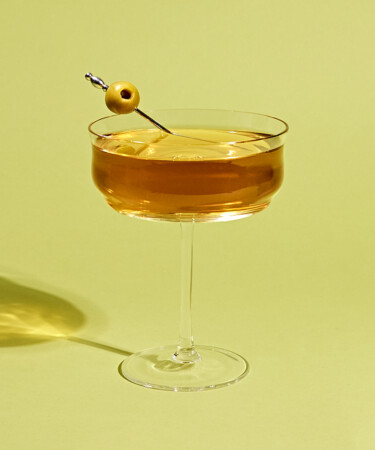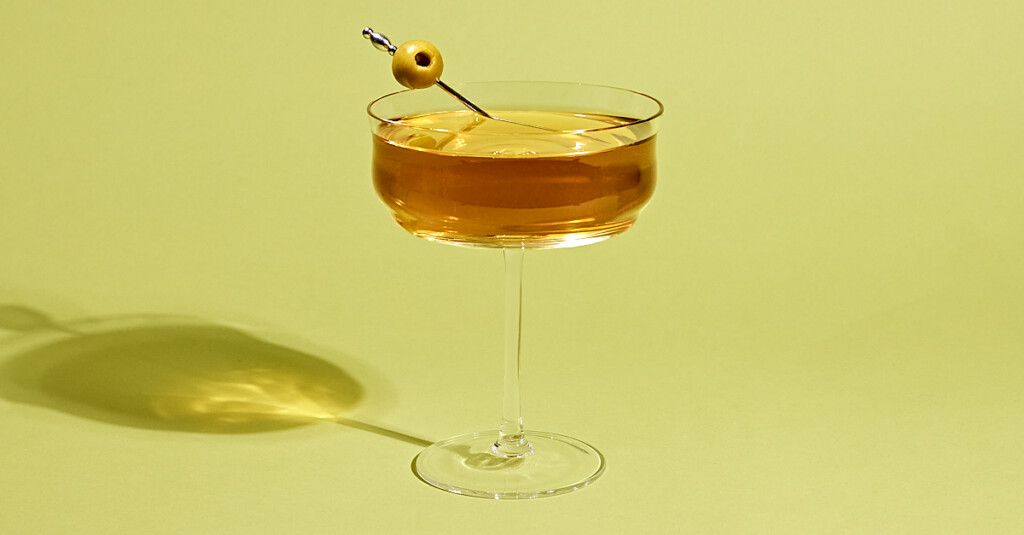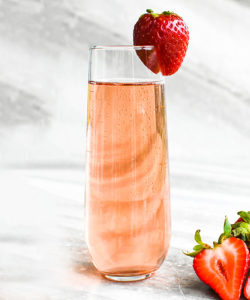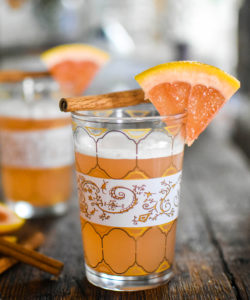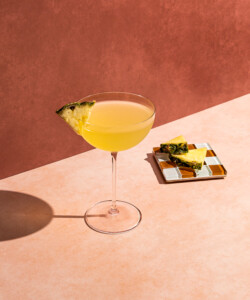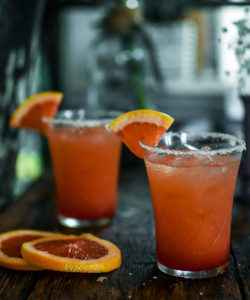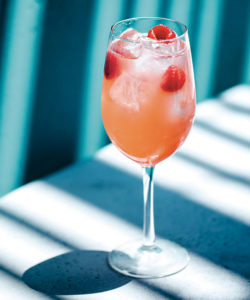How To Make A El Capitán
The Pisco Punch and Pisco Sour are just the tip of the iceberg in the realm of pisco cocktails. Though we don’t hear about them as much, cocktail culture south of the equator boasts a stacked catalog of pisco-based drinks, one of the most popular being El Capitán. In a nutshell, it’s a Peruvian Pisco Manhattan with a green olive garnish. However, distilling this cocktail down to just a few words doesn’t do it justice. With only two base ingredients, El Capitán is the prime vehicle for exploring the floral, tannic, and slightly tropical spirit.
There are two schools of thought, or rather, approaches to making pisco. Peruvian pisco can be produced with any combo of eight specific grape varieties, with the Quebranta grape being the most common. It’s distilled only once, can’t be diluted, and can only touch either stainless steel or glass throughout the entire distilling process. Meanwhile, Chilean pisco is more of a reflection of the distiller’s hand — there are 13 grapes to choose from, and the options to repeat-distill, incorporate wood-aging, and dilute the final product are all fair game. While both forms are technically brandies, Peruvian pisco’s flavor is often compared to Grappa, and (aged) Chilean pisco’s profile tends to lean more into Cognac territory. For the purposes of this cocktail, we recommend sticking with a Peruvian expression to stay true to the drink’s lineage.
There’s a lot of hearsay around the origins of El Capitán, though history seems to suggest that the pisco-sweet vermouth blend was invented in the mid- to late 1800s when many Italian immigrants settled in Peru during the Italian Unification. In addition to introducing South America to sweet vermouth, it’s believed that the Italians brought Grappa distillation techniques to Peru, planting the seeds of what would become pisco production. There are also some reports that claim El Capitán wasn’t created until the 1920s when it supposedly became the preferred drink of Peruvian army generals who were stationed on the Altiplano plateau near the city of Puno in southeastern Peru — though they allegedly enjoyed it served room temperature with equal parts pisco and vermouth. The boldest, yet still feasible theory of El Capitán’s creation, is that it was born in pre-Prohibition NYC. At that time, Manhattan riffs were being coined left and right in the Big Apple, and given that the Pisco Punch was invented in San Francisco in the 1890s, this story may be true. Regardless, over the years, the drink is inextricably tied to Peru, where it stands today as one of the most popular cocktails.
El Capitán has seen its fair share of makeovers since its inception. Some versions call for a split base of dry and sweet vermouth. Some employ a split 1:1 base of pisco and vermouth. And garnishes range from orange and lemon twists to brandied cherries (à la a traditional Manhattan). For our recipe, we kept the spec at 2:1 to highlight pisco in all its glory. The rich dried fruit, caramel, and vanilla notes of the vermouth offset the brightness of the pisco, and a cheeky dash of Angostura bitters ties it all together. For the garnish, we go with tradition and opt for a green olive to highlight the base spirit’s tannic grip.
